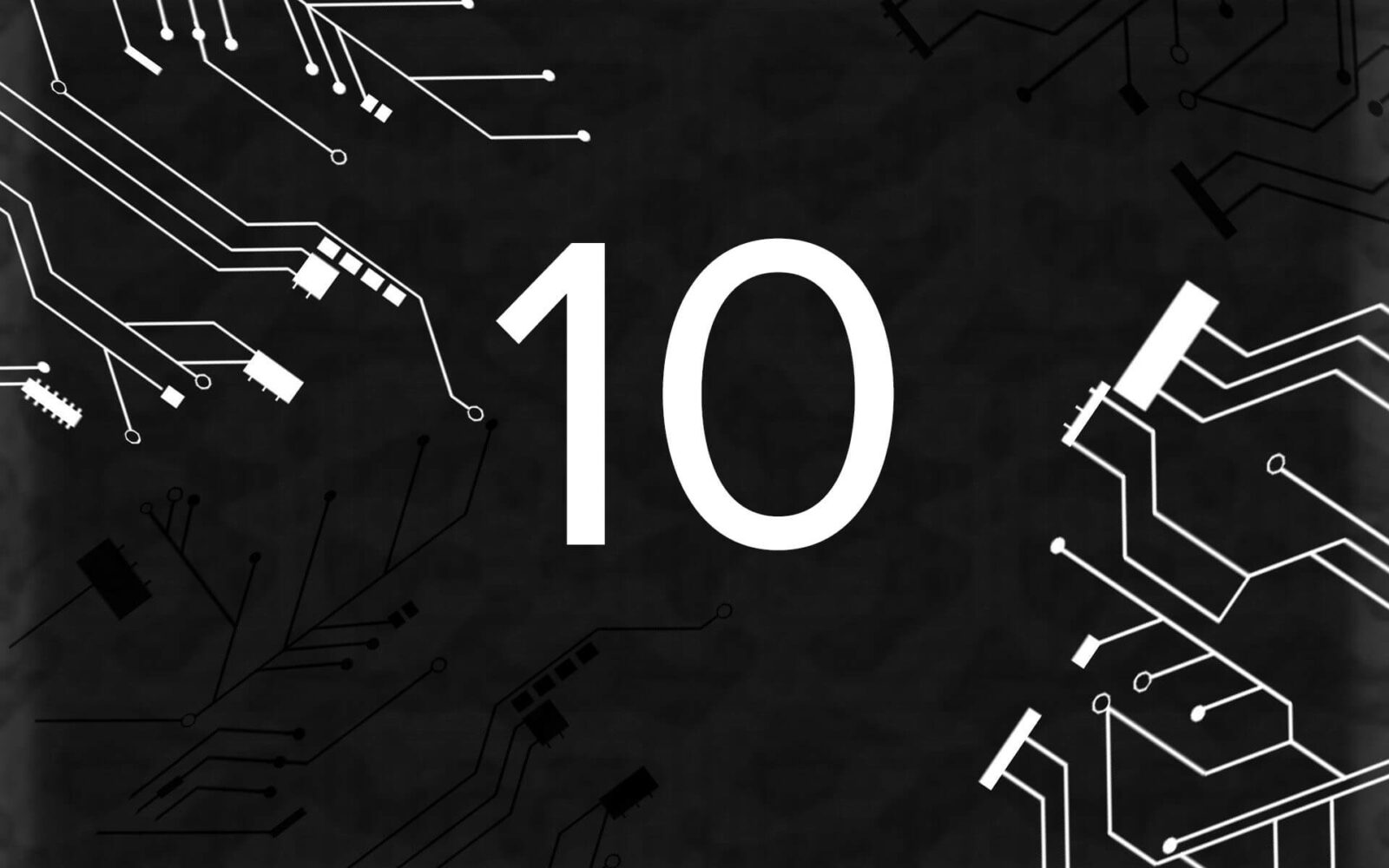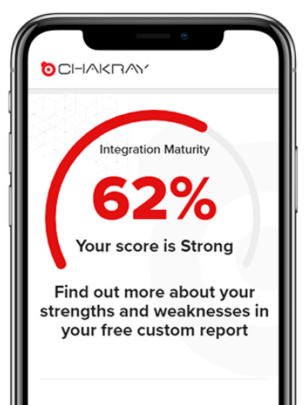The key information technologies or IT are constantly changing. That is why it is so important to go ahead and find out which are the major strategic areas that will be decisive in 2023. This is the case of the platform economy, which plays a decisive role in this moment of digital transformation. How will it evolve over the next few years? Their influence on microservices and serverless functions is decisive. Below, we offer a review of the 10 IT trends that will be the protagonists over the next 12 months.
1. Serverless computing
Serverless computing will be the next big IT change in the years ahead, in sharp competition with microservices. Serverless computing will be precisely the answer to how to deploy and run those microservices in a way that is cost-effective for companies. It is necessary to find integration solutions that are the answer that companies are looking for serverless computing on a centralized platform.
2. Cloud Computing
This is not a new trend, far from it, but 2023 will see its definitive take-off in sectors where it was unthinkable that it would be accepted until years ago. First, financial institutions joined the cloud computing, and gradually insurance companies, health companies or even law enforcement agencies have approached it. An open-source system such as Kubernetes can become a protagonist given the growing awareness of the risks that exist in the cloud, to which can be added the use of Agile Stack.
3. Establish an ‘API-first’ strategy
With an ‘API-first’ strategy, companies can define the APIs first, and also achieve real implementation. In this way, it is possible to work with multiple internal and external teams at the same time, which makes it possible to speed up processes and, therefore, also the marketing of products. APIs will, therefore, cause many companies to start disconnecting their internal information systems from their data, services or business processes.
-Have a look: 10 key trends in APIs-
4. Pay-per-use model
The pay-per-use model will be one of the main trends in the coming years, both in the B2B and B2C markets. Business organizations that operate on a pay-per-use model, rather than a pay-per-ownership model, are able to get more feedback to refine their pricing and the way they package products and services. All this will be a challenge that will be sought to meet the objective in mind of increasing profitability.
5. Microservices
The need for greater decoupling of services and the ability to handle massive requests makes the approach to a microservices architecture in IT increasingly important. This will be the consequence of increased demand for private data services and operations, as for example in the case of digital consumer demand, where both the European PSD2 and GDPR directives have a lot to say.
6. Changes in the financial services industry
The new regulations have a lot to say in this field, and in this case they are regulations that already made their appearance in 2019. The Payment Services Directive or PSD2 states that banks are required to have APIs for sharing account information, the so-called PSD2 AISP services. This leads to a boost in so-called ‘open banking‘ and offers possibilities for various new service concepts for the Financial Service Providers or FSPs themselves.
7. Global changes that will affect the market
The global trade relationship landscape has a direct impact on all kinds of markets, even those that may be immune in principle to turbulence such as that represented by the US-China trade war. The Brexit, the rise of populisms in Europe, the diplomatic difficulties with Russia are factors to be taken into account in a global market. Companies have an obligation to take the necessary steps to be more productive, more innovative and profitable if they want to retain their presence.
8. Payment platform economics
The payment platform economy took its first steps in 2018 and has since then been steadily evolving. In 2023, new opportunities will arise to make better use of it and challenges related to the integration and management of security in them. It is reasonable to interpret that both innovation platforms and transaction platforms or digital matchmakers will go further.
9. Data security
The threat landscape facing business organisations is still very broad, but the effort made in information technologies is bearing fruit, and in 2023 this will be appreciated more than ever. Democratizing cyber security for all types of businesses, regardless of what sector they operate in or what size they are, will be an aspiration that finally has prospects of being achieved. Everything suggests that this will be achieved by simplifying security through consolidation and automation, which will help to reduce the difficulty of managing security with many different technologies.
10. Innovation and intelligence of things
If there’s one thing all experts agree on, it’s that the intelligence of things (IoT), like Artificial Intelligence (AI), is going to change almost everything we know today, making it one of the IT trends of the next few years. Applications are improved every day and the interface between companies and customers is optimized with every passing moment. The potential benefits of employing AI-based solutions are so high that it can be said that companies that are not able to take advantage of them are likely to be left behind.
Conclusion
Businesses are changing the way they work, and now have technologies that need to be connected to each other in order to make the digital transformation of their businesses efficient and agile.
Those companies that do not take into account these technological (IT) trends and adopt them in their businesses will be left behind their competitors. At Chakray, we are experts in guiding companies towards their digital transformation, contact us!







